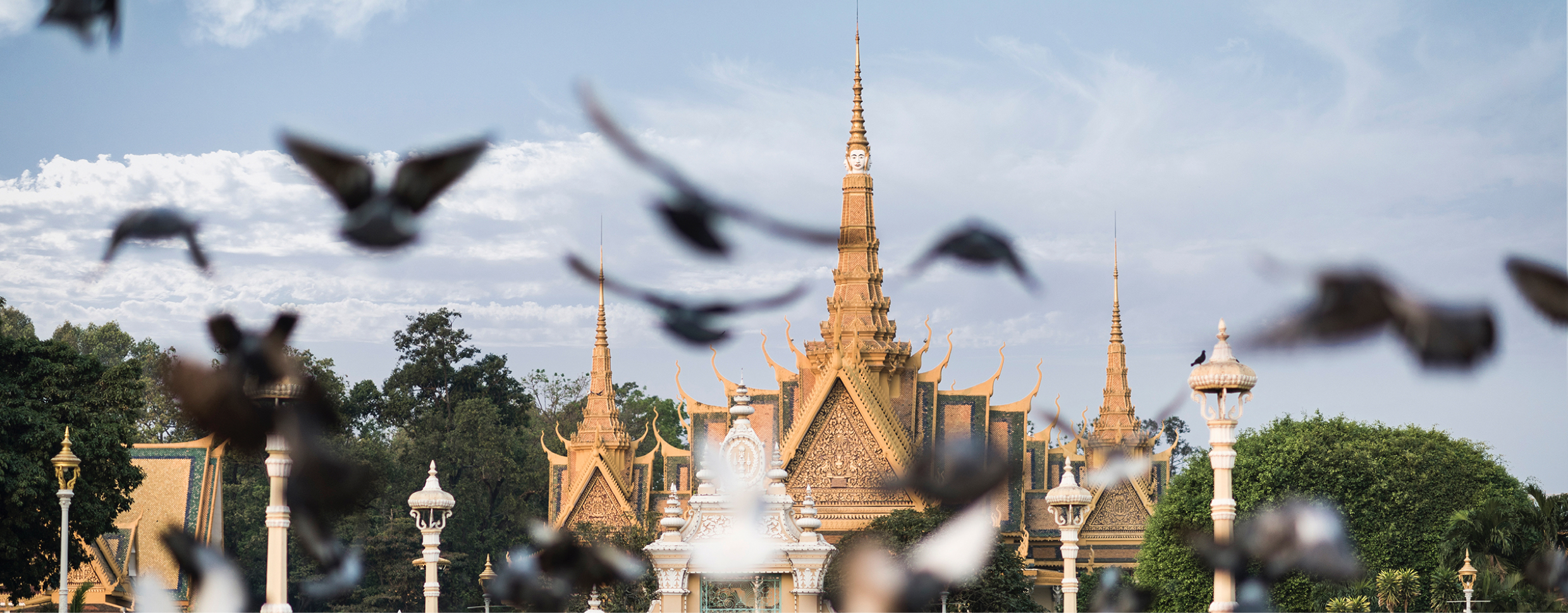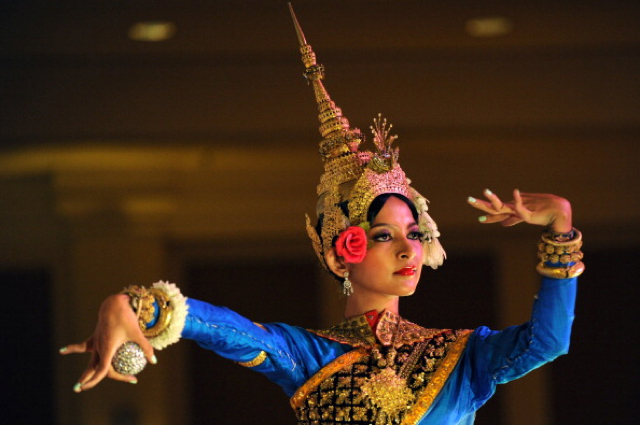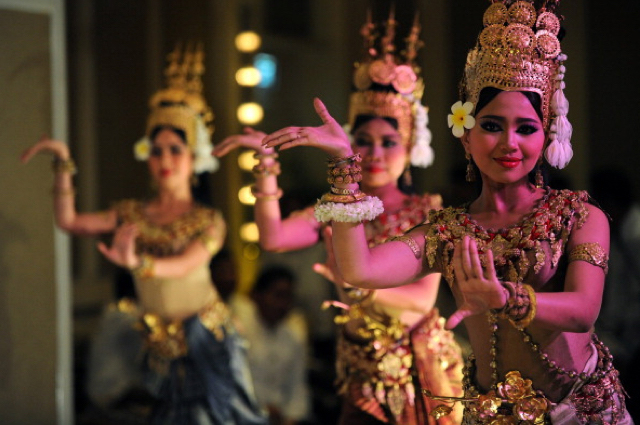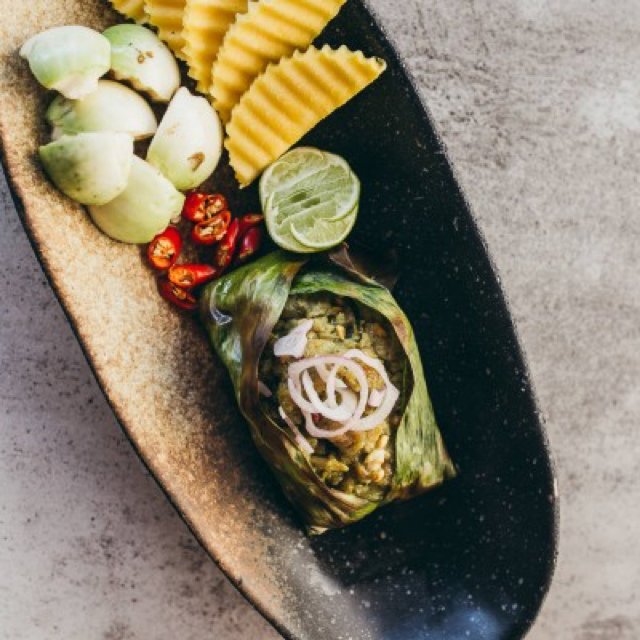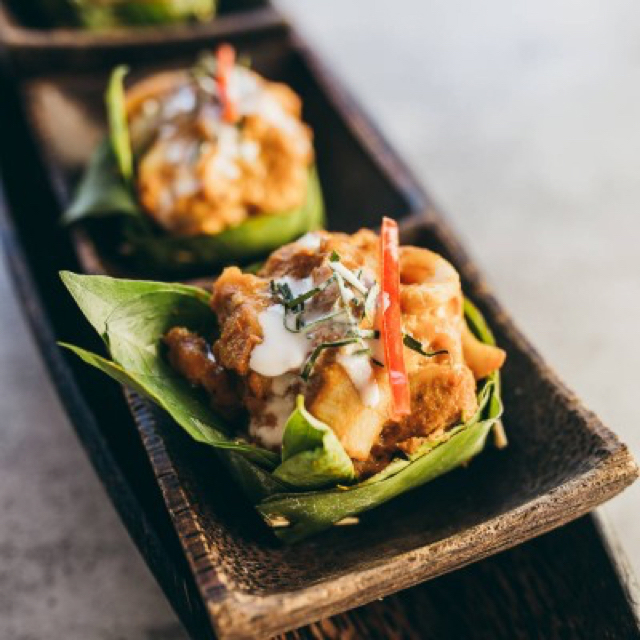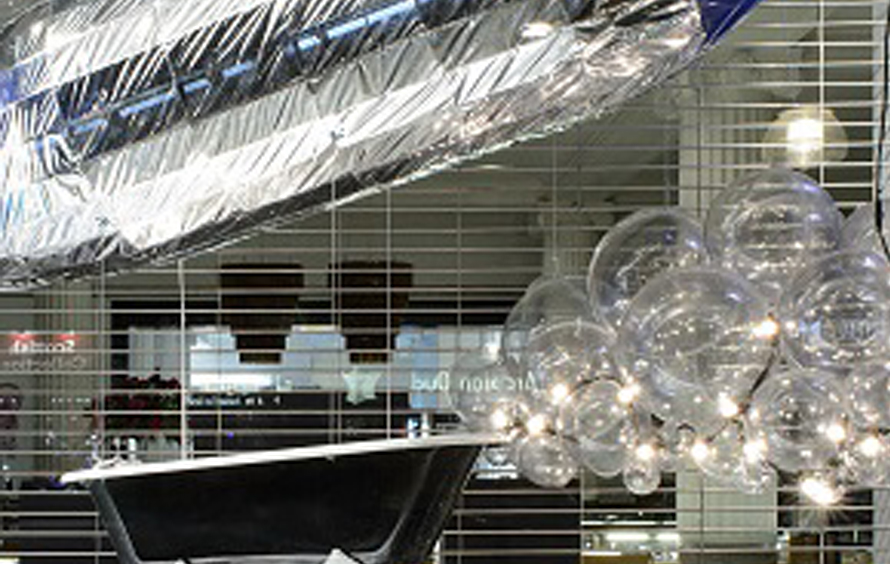Phnom Penh Revival
The pearl of the orient majestically resurfaces showing the arts will always flourish
Kaleidoscope of cultural blends in Cambodian history has given the country an abundance of art and
culture throughout the ages. With its Hindu and Buddhist sculpture and architectural wonders, this eclectic kingdom
has also absorbed art forms from China, Java and India through early trading partnerships, as well as artistic
influences from neighbouring Laos and Thailand, resulting in a diversity of creative arts unique to Cambodia.
The repressive regime of the Khmer Rouge in the 1970s had a devastating effect on the country and voided it of
artistic and intellectual cultures, and for a long while, the recovery of the cultures has been slow. But, like
the determined tree roots that can’t be held back at Angkor Wat, the arts will always flourish. In recent years,
Cambodia is making a comeback through social entrepreneurship, and an explosive revival of its creative scene is
once again in the spotlight in its vibrant and bustling capital city, once known as the Pearl of the Orient -
Phnom Penh.
Redefining Cambodian style
Cambodian design has always maintained an element of grace and elegance. From traditional silk weaving to the craft of
jewelry making, the appreciation for beauty and a sense of chic is evident in the costumes worn by classical dancers
and performers of religious ceremonies.
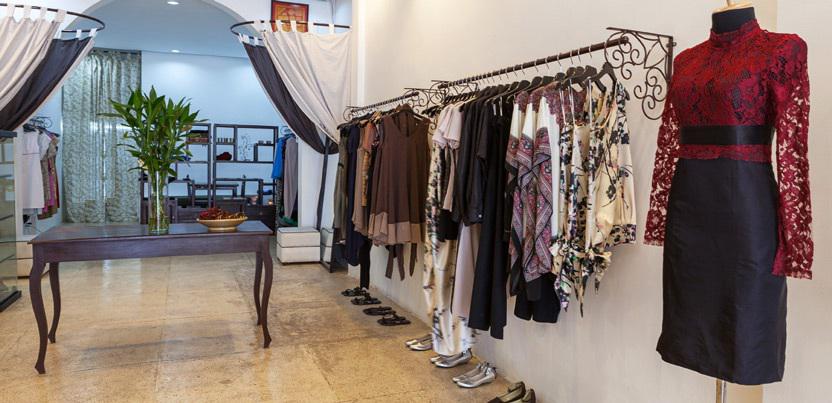
Daisy Boutique Phnom Penh.

Daisy Boutique Phnom Penh.
While younger generations still embrace the essence of tradition, many feel the need to express their idea of
Cambodian-ness in modern ways. From textile boutiques to paintings, hand-created artefacts to fine jewelry, young,
innovative Cambodians are rediscovering a creativity that was once lost in Phnom Penh.
The prominent address for the city’s most stylish and exclusive boutiques is Street 240. Bordering the walls of
the Royal Palace, lined with old colonial-style residences and shaded by deep green trees, this is where the Pearl
of the Orient is slowly emerging out of its reclusive shell.
One example is Daisy Boutique, founded by two sisters in 2012, and who are redefining Cambodian fashion. The
boutique offers lines that combine traditionally woven silks and delicate Khmer lace patterns with intricate seam
lines and vibrant colors, as well as silk scarves, handbags and shoes to complete the look.
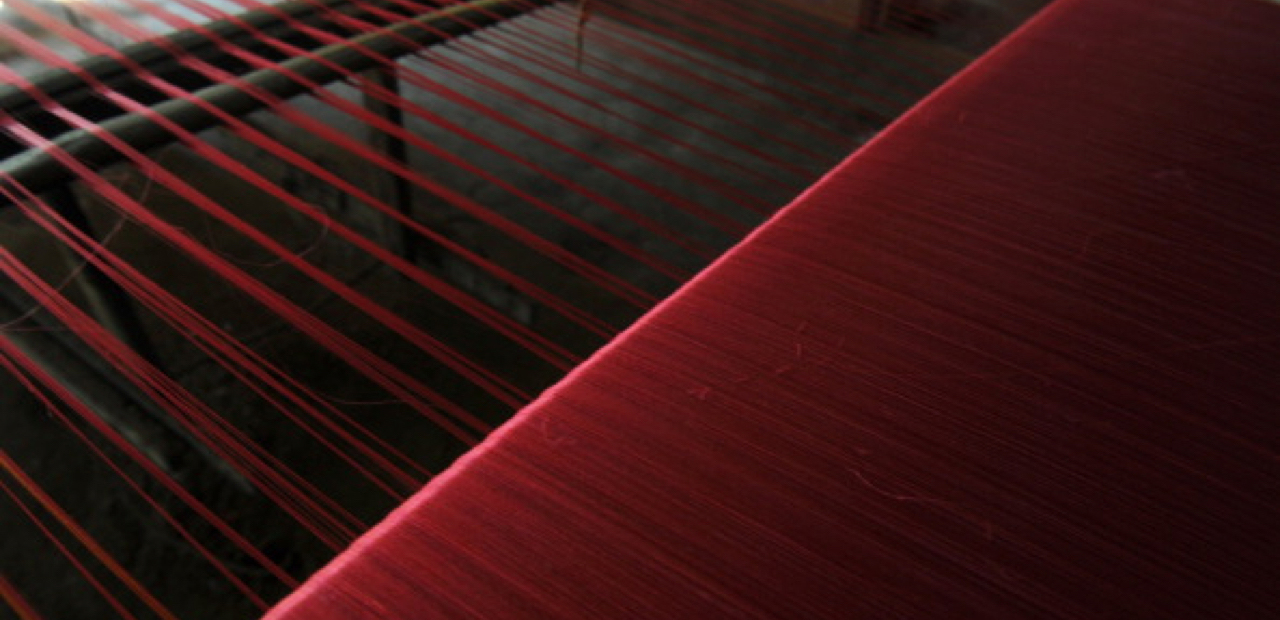
The luxe art of silk weaving dates back to the first century in Cambodia, and traditional patterns and symbols woven into silk cloths often tell a story of the country’s tradition and heritage.

The luxe art of silk weaving dates back to the first century in Cambodia, and traditional patterns and symbols woven into silk cloths often tell a story of the country’s tradition and heritage.
The luxe art of silk weaving dates back to the first century in Cambodia, and traditional patterns and symbols
woven into silk cloths often tell a story of the country’s tradition and heritage. The knowledge and know-how of
the silk craft were partially lost during the Khmer Rouge regime but the industry is having a rapid revival, and
nothing defines luxury more than the soft touch of fine Cambodian silk. Jasmine, a boutique also located on Street 240,
offers exquisite tailor-made gowns made from fine, Cambodian handwoven silks creating a line of uniquely elegant
and feminine gowns in bold shades, which are unseen elsewhere in the city, or indeed the world.
This new emerging class of designers are beginning to have the revenue to showcase their work, with fashion shows
and designer weeks held annually in the city. Cambodian design is beginning to draw international attention and
it’s here in Phnom Penh, with its unique blend of sophistication dabbed with the organic allure of traditional
design, that the country’s chicest look out and the world looks in.
The dance performance magical enough for royality
The King of Cambodia, himself a classically trained dancer, has made it his mission to revive and promote such
Khmer traditions as the Apsara dance.
Adorned in glittering gold headdresses and accessories, with their bodices tightly wrapped in finely woven
Cambodian silk, the dancers of the Apsara dance appear to have the godly presence of which their dance represents.
For the duration of their performance, they are the Spirits of Cloud and Water that nourish this earthly world,
giving it life, growth and love, as it is symbolized by each clasping and curving of the hands, and each exotic
and sensual movement, mesmerizing the audience with their refined beauty.
Traditionally a performing art form that was once only danced at major festivals or for the entertainment (and
blessing) of royalties, this classical dance of the Khmer kingdom has been given new popularity thanks to the
works of Cambodian Living Arts, an organization working towards the preservation of Cambodian arts and culture. To
experience the true essence of the Apsara dance, book the troupe for an exclusive private performance in the
tranquil gardens of the National Museum or a magical setting of one’s choosing.
Modern reflections on Cambodian cuisine
Ingredients as common as lemongrass, to the unusual use of edible leaves and flowers, make up the flavors of
traditional Cambodian cuisine. Today, this flavor has modernized, and while rustic dishes from street markets and
hole-in-the-wall eateries are still favored, those who live in the city are developing a taste for new, innovative
cuisine.
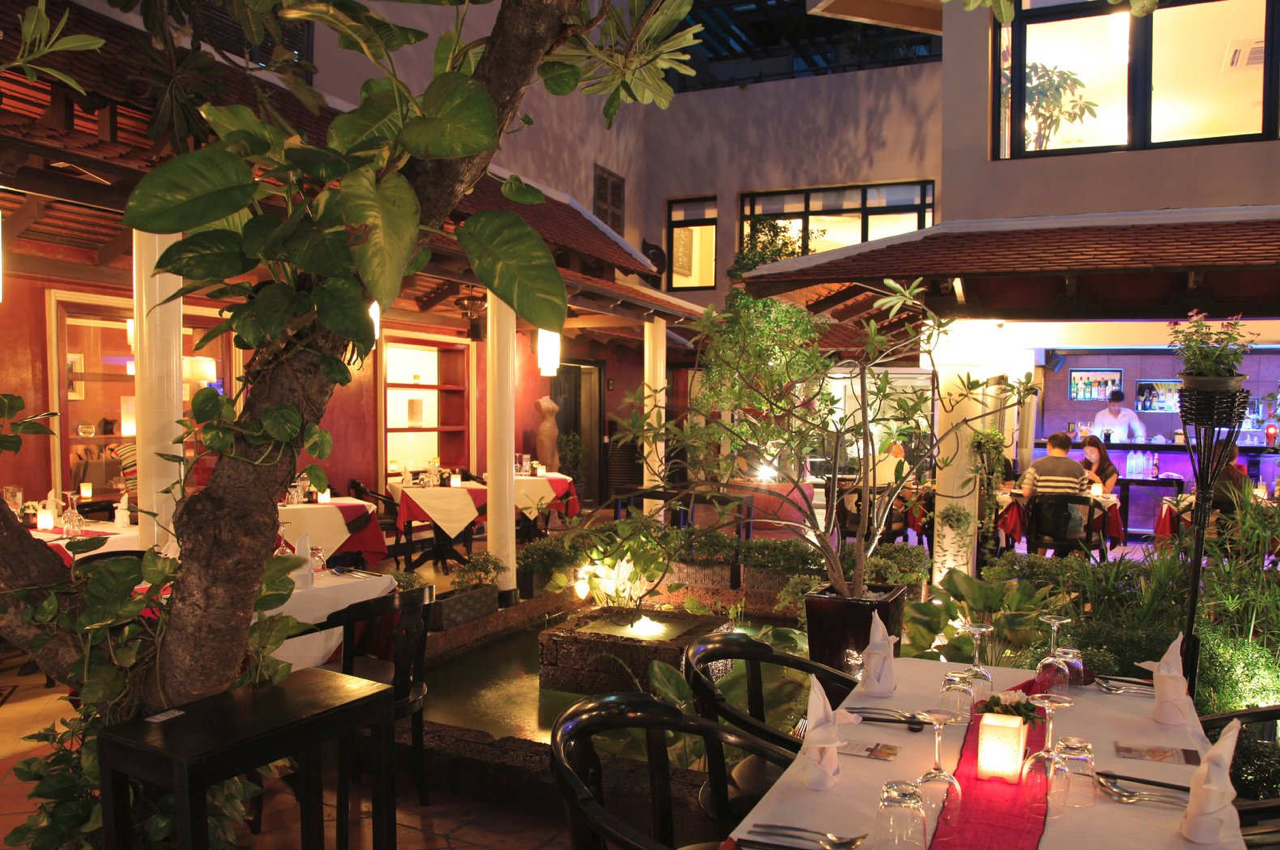
Malis, Phnom Penh. Image copyright: Malis
Entrepreneurial chefs are making headway with fusing aromatic herbs and spices with newly fashioned cooking
styles, inventing a contemporary cuisine with subtle hints of tradition.
As the stylish capital, Phnom Penh is leading the effort in redefining the authenticity of Cambodian cuisine and
home to the nation’s many culinary treasures. Malis is a restaurant dedicated to restoring traditional and classic
Khmer recipes for modern menus. The restaurant is the creation of celebrity chef Luu Meng, one of Asia’s top
celebrity chefs and once named Cambodia’s only master chef. Meng is very much an idol of the city; he grew up in a
refugee camp, has cooked with Gordon Ramsey and is now at the helm at one of the first upscale restaurants to
offer traditional Cambodian recipes. Malis is an impressive environment to savor the best of the capital’s
culinary creations: a life-size Buddha statue, serene and majestic, greets diners at the entranceway before they
sample dishes that are based on locally sourced ingredients and refined cooking techniques.
Traditional Cambodian dipping sauce recipes use fermented fish as a flavor base but at Malis, Meng has created a
special blend of spice paste called Kroeung, used for their signature Prahok Ktis dish, as well as many of their
curries and spiced dishes. It’s a flavour unique to the restaurant, to modern times and to Phnom Penh.
Keeping the country’s former colonial French influence at the forefront, Van’s Restaurant is the epitome of
contemporary French fusion fine dining, the kind of place for society’s chicest, serving en vogue dishes in
the former Banque Indochine building.
Van’s executive chef Nicolas Malherbe has brought his Michelin-starred experience to Cambodia, taking French
cuisine to the next level outside his native France. The restaurant’s menu is quintessentially French, but on
closer look, each dish is sprinkled with flavors that are local to Cambodia: the Chateaubriand is accompanied by
the famous Kampot peppercorns, and prawns from the Mekong are served in a refreshing mango and wasabi sauce,
modernizing the value of French colonial gastronomy.
There is a certain visionary energy throughout the streets of Phnom Penh to revive and make new the Khmer
traditions of the past, from rescuing traditional ceremonies to bringing back the vintage styles through modern
designs. One thing is for certain, the Pearl of the East has majestically resurfaced, and is ready to be embraced
once again.
Rosewood Phnom Penh opens in the first quarter of 2017.
Rosewood
The Essence of Experience
Rosewood Phnom Penh, opening in the first quarter of 2017, will provide an ultra-luxury hospitality experience in the exotic capital of the Kingdom of Cambodia. Located in the heart of the city, its vantage point will provide a panoramic view of the city and the fabled Mekong River, with the Royal Palace, National Museum and Central market all within easy reach.





